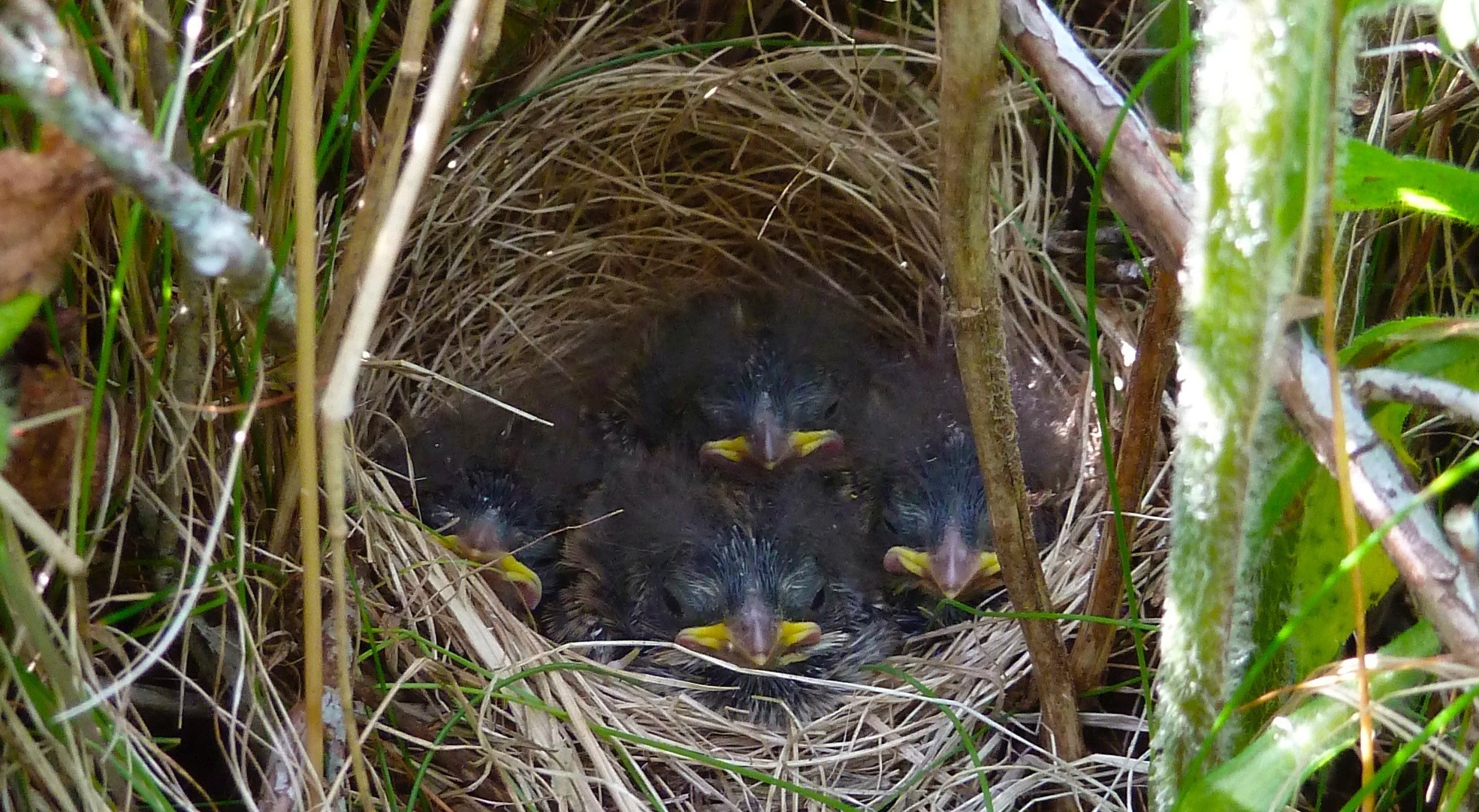Long-term ecophysiological impacts of the early life environment on birds and mammals
Amy Newman
University of Guelph, Canada
The early-life environment, increasingly shaped by powerful anthropogenic factors, can have lasting effects across life history stages but the downstream influences on behaviour, physiology and fitness are not well understood. In particular, maternal behaviour, early-life stress and glucocorticoids (GCs) have important effects on the development and function of the nervous system and the hypothalamic-pituitary-adrenal (HPA) axis. GCs are steroid hormones that are end-products of the HPA axis, which is a key physiological mechanism linking an organism to its environment and mediating its response to stressors. That the HPA axis is highly conserved among vertebrates further emphasizes the importance of GC regulation, yet how stress and GCs influence physiology and fitness in wild populations is virtually unknown. Using large-scale field experiments and observational studies on two long-term marked wild populations with high natal philopatry, Savannah sparrows (Passerculus sandwichensis) on Kent Island in the Bay of Fundy, and Red squirrels (Tamiasciurus hudsonicus) in Kluane, Yukon, I examine the ecological and physiological outcomes associated with the early-life environment.










You must be logged in to post a comment.